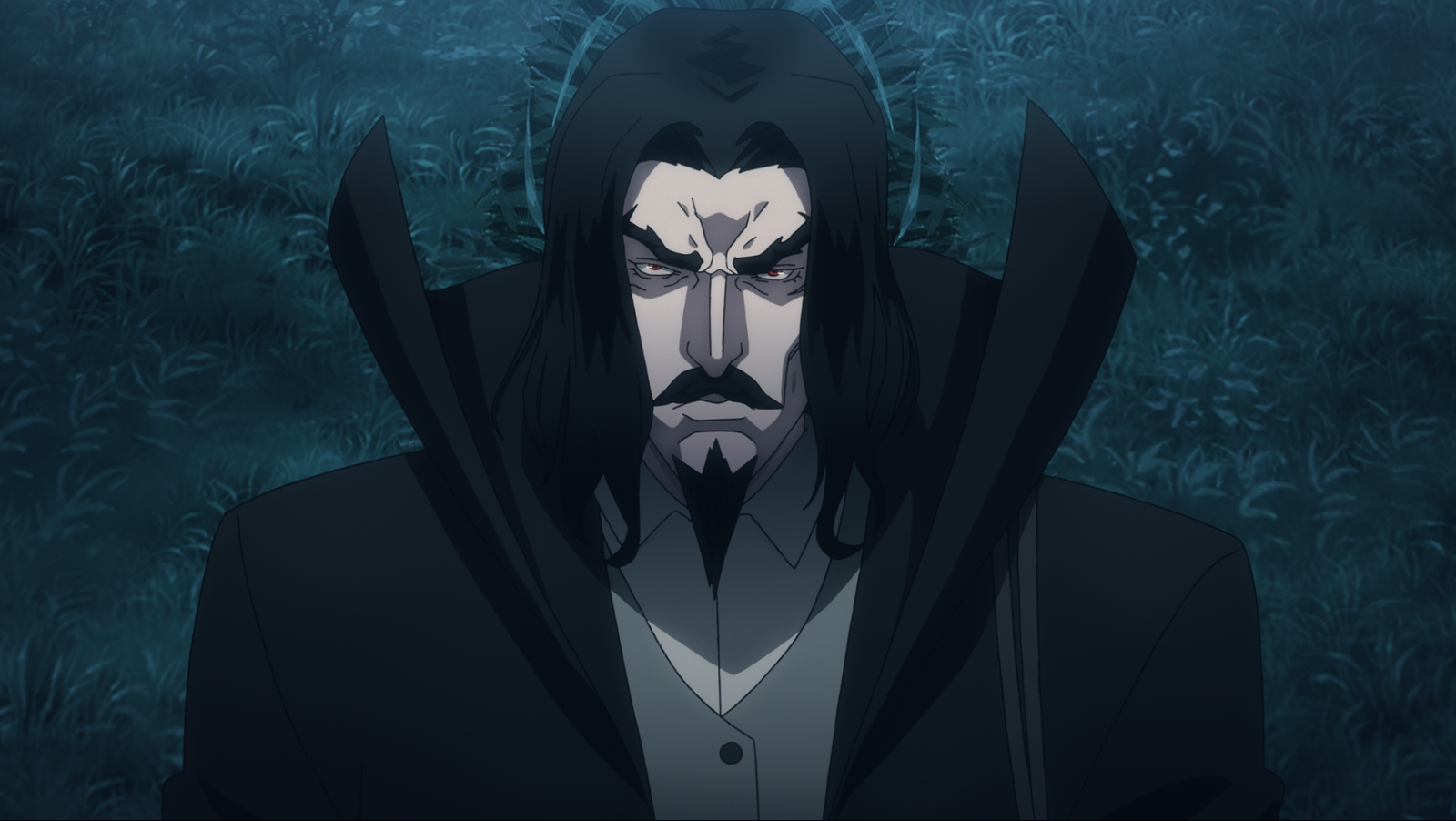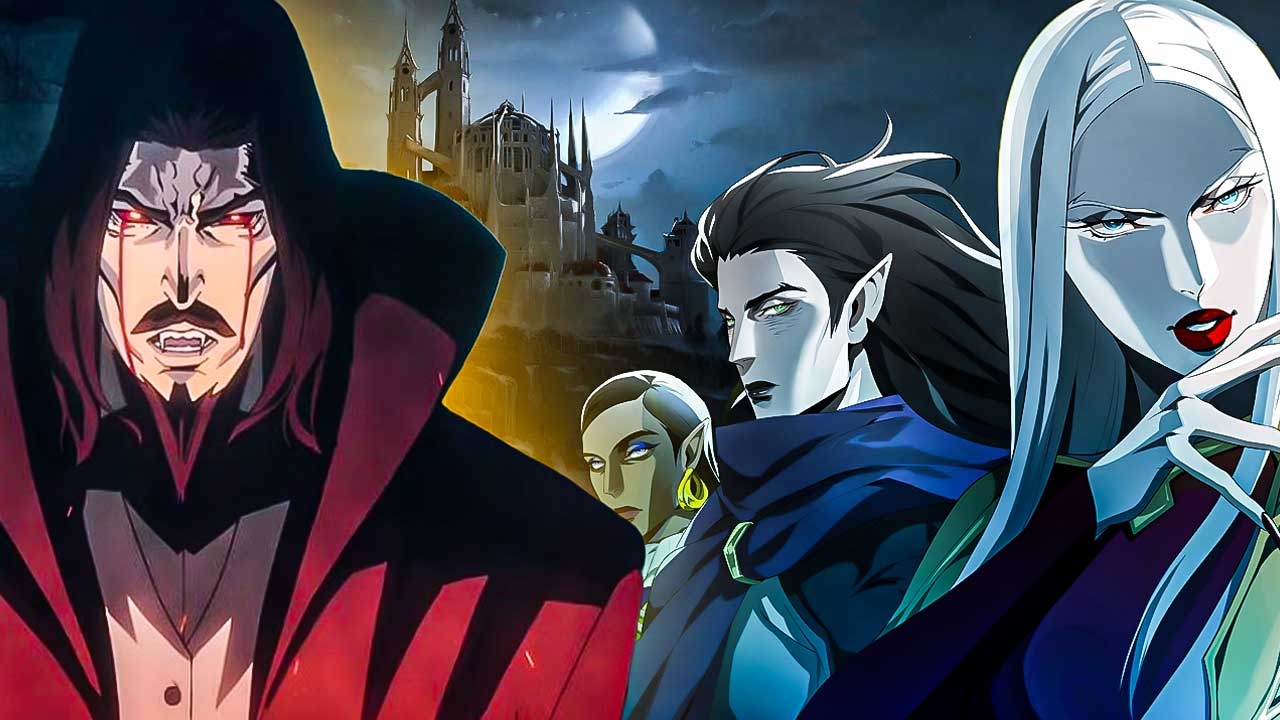“I’m possibly flattering myself”: Dracula’s Unique Personality in Castlevania was a Result of Warren Ellis’s Peculiar Observation About Old People
One of the few video game adaptations that is truly worth seeing is Castlevania on Netflix. It is written by renowned comics writer Warren Ellis and executive produced by Adi Shankar. It reimagines the iconic gothic series as a violent adventure with anime influences that stars some of the main characters from the game. A third season of Netflix, which is lengthier, stranger, and more ambitious than the first two, was launched in March 2020.

The Verge got a chance to speak to Ellis and executive producer Kevin Kolde of Castlevania on how the series has changed while continuing to be influenced by the games developed by Konami. The interviewer also had the opportunity to inquire about Dracula and how his arc has developed over time.
Castlevania Season 3 Depicted a Sympathetic Storyline For Dracula

During the interview with The Verge, the interviewer made an observation that Dracula responded to events in the most human way possible and his story arc was fairly sympathetic. He then asked about the motivations behind this season’s new antagonists, to which Ellis replied:
Dracula was the oldest and had been through many many life changes, and you have to work really hard not to develop a degree of self-reflection if you’re going to live that long and go through that many experiences. So some of his responses played as more human than the human characters.
He also mentioned that the characters in season three are all much younger and much more reclusive. Being a vampire was not always about the thirst for Dracula. The majority of the other characters talk about how thirsty they are. In a way, this makes them more formidable adversaries. They are more instantly hazardous because, in many ways, they are more human in that they are much more driven by their desires.
The interviewer then stated that he liked the implication that it takes a hundred years or more to gain any level of maturity and self-reflection, to which Ellis responded:
Well, as I enter close to my second half-century of life, I’m possibly flattering myself. But you know, I’ve read interviews with people who are a hundred years old, and they do have a level of self-awareness and self-reflection that I find fascinating. So I kind of moved that over into Dracula a bit.
No wonder Dracula seems a lot more humane in the third season of Castlevania. It’s almost as if Ellis gave bits and pieces of himself to build Dracula’s character over time.
Warren Ellis Made Up Carmilla’s Crew

The interviewer was curious about Carmilla’s crew and how they were formed. To this, Ellis said that the squad was all made up.
No, I think I made them all up. It just made sense to me that she would have a crew. She would be co-ruling with other people because she’s been spending time away from Styria and she wouldn’t just leave that to anybody.
So as soon as I landed on the idea that she would be ruling with other people, it was clear that it would be with other women. So then I started inventing all the other three characters.
When the interviewer asked the reason behind making the squad, especially Lenore, more prominent and letting Carmilla fade into the background, Ellis said it’s almost exactly like in season 2, when Dracula kind of disappears. As he disappears into his schemes and his pain, the other characters sort of emerge. Thus, it seems to reflect that and implies that she’s stepping into a Dracula-like role.
Moreover, Ellis had space where he could introduce new characters he found interesting to see how they strike off each other.







